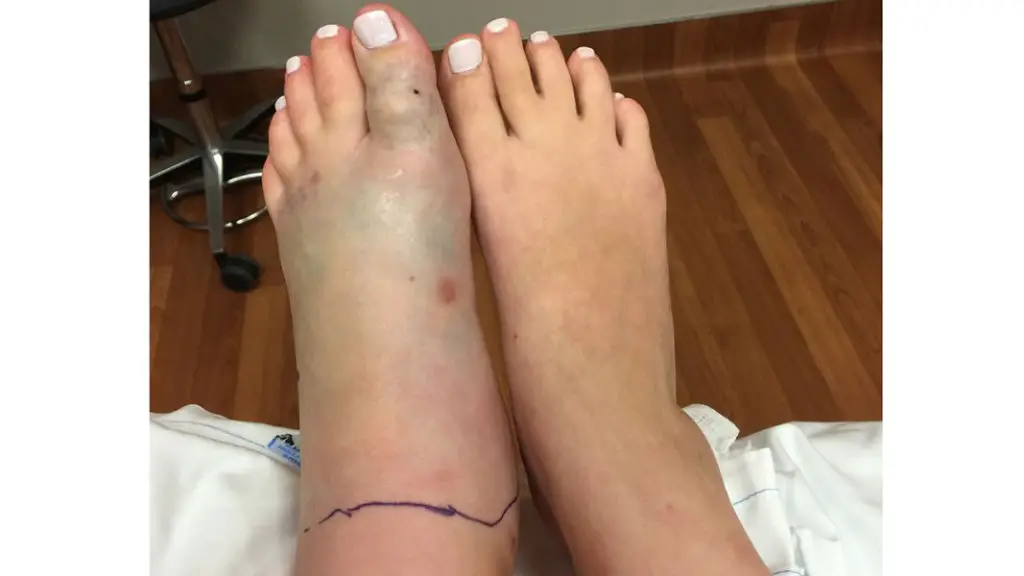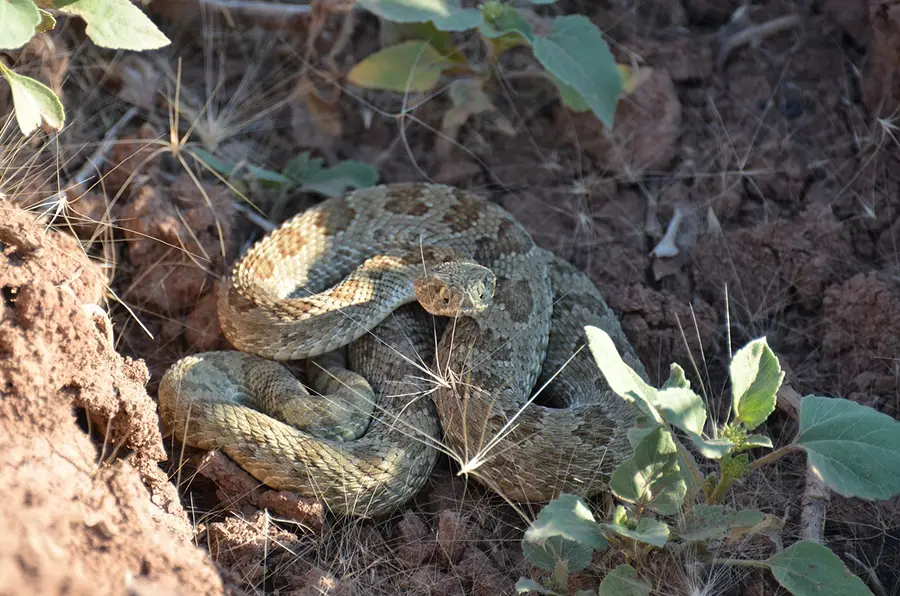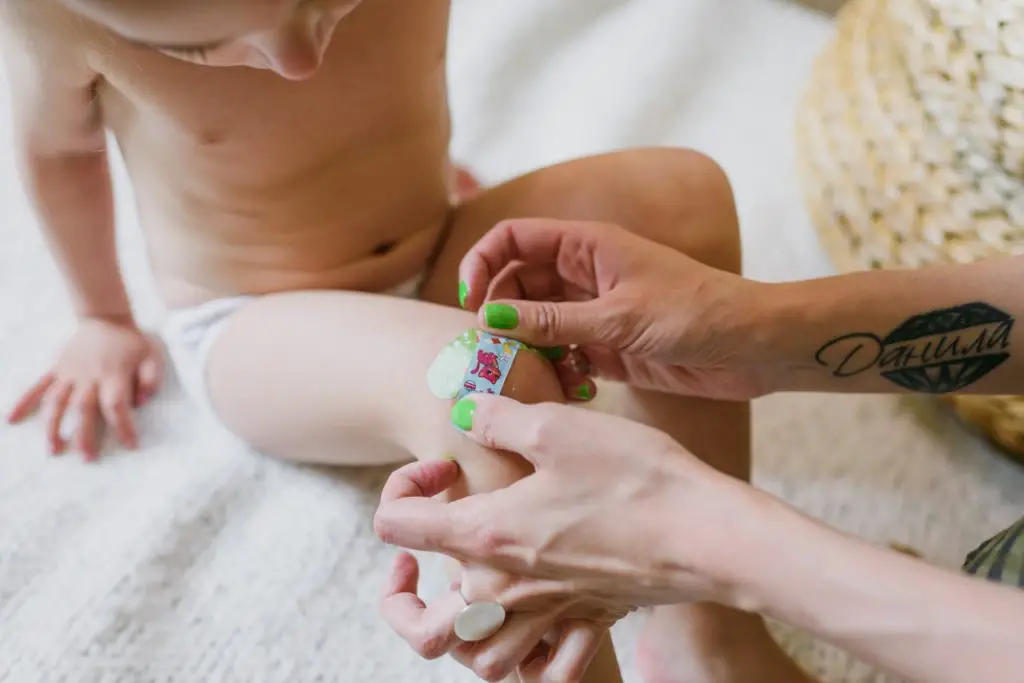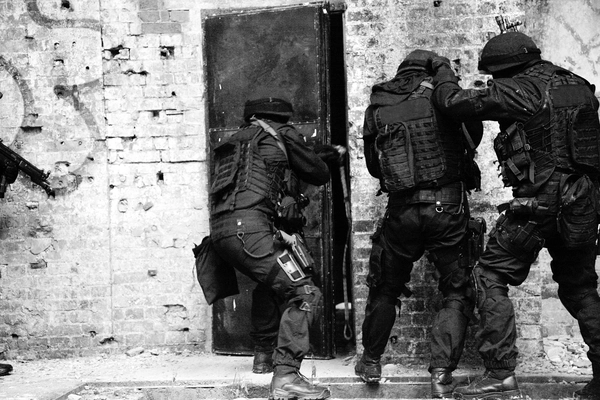The idea of being bitten by a snake can be terrifying. So, it’s natural for people to want to find a solution to a potentially life-threatening problem. If you go to your favorite online or sporting goods retailer, you’re sure to find a snake bite kit. But are these snake bite kits actually useful? We are going to take a look at the research and some of the best practices in this article, as well as give you some suggestions on how to be prepared for a snake bite.
Do snake bite kits work?
The answer is no, there is no real evidence that proves that they do. In a survey of snakebite kits available for purchase, there are four items that are commonly included that are not proven to be helpful.
- Extraction pumps
- Scalpels
- Tourniquets
- Ice packs or similar cold treatments
Extraction Pumps
Many of your typical sporting goods stores carry snake bite kits that include a suction device. There are studies that show that the suction devices only pull an inconsequential amount of venom from the wound, meaning that they aren’t removing enough venom to be meaningful. In fact, these studies also show that they may actually do more harm than good. There is a risk that the suction device will cause damage or kill the skin within the suction device. The studies also show that the suction actually causes the outermost skin of the puncture to close up, preventing venom to be pulled to the surface.
Scalpels
The use of scalpels to open up the wound to promote bleeding and “flush” out the venom is not recommended. Opening up the wound further only creates an opportunity for infection. Do not use a scalpel to cut open a wound to suck the venom out with your mouth, which is another common tactic that isn’t proven to work.
Tourniquets
The thought of restricting the blood flow from the limb that was bitten to the rest of the body seems to make some sense. However, it turns out that keeping the venom concentrated in one area increases the amount of damage done by the venom in that area. The use of a tourniquet can also lead to compartment syndrome.
Cold Treatments
Ice packs and cold treatments have actually been shown to spread venom further.
Important note: In some cases, victims may feel that they have treated the bite and will not seek out medical assistance. Some symptoms take time to develop and not seeking professional help may lead to lasting or more severe injuries.
What the research says about snake bite kits
There are two main studies involving the use of suction devices as a response to a snake bite.
The first study uses a radioactively tracked mock-venom that was injected into the lower leg of eight male volunteers with a curved needle to simulate the curve of a fang. The study found that virtually no mock-venom was removed with the use of a Sawyer extraction pump.1
The second study used 10 pigs that were injected with artificial rattlesnake venom in their hind leg. The extractor pump was applied to 5 of the 10 pigs for 30 minutes, 3 minutes after the injection. The swelling of the leg was measured at regular intervals up to 96 hours after the injection, and the results were compared. Fourteen days later, the experiment was repeated, alternating the pigs that received the extractor pump and the hind leg that the venom was injected into.
The results show that there was no significant difference in swelling when an extractor pump is used. In two instances, there was damage to the skin within the Sawyer pump.2
Although these two studies are limited, they’re some of the best studies we have that investigate the use of extraction pumps on snake bites.
First aid for a snake bite
If many commercially available snake bite kits aren’t useful, then what should you do in the event of a snake bite?
- Don’t get bit again! Move to a safe distance away from the snake.
- Keep the victim calm and minimize movement. You may want to splint the extremity without restricting blood flow to minimize movement of the limb.
- Identify the snake. If you aren’t sure of the species of snake, try to take a photo from a safe distance. You may be able to send the photo to emergency personnel who can help provide advice based on the species of snake. Write down any notable features of the snake so you don’t forget.
- Note the time and date of the bite. Try to keep track of the symptoms of the bite as they occur. Try to monitor the progression of swelling and use a pen/Sharpie if available.
- Remove restrictive clothing or jewelry near the site of the bite since it will likely swell.
- Treat as a normal puncture wound. Allow the bite to bleed for about 30 seconds, then clean the wound and use a sterile dressing to protect it.
- Get to an emergency medical facility as soon as possible. Limit the time spent on all of the above steps as much as possible in order to get to a medical facility. If you’re in a remote environment, you’ll need to make the decision on whether or not it’s reasonable for you to self-evacuate, or if you will need emergency rescue.
The reality is that there are no proven field measures and there is little you can do as a first aid responder for a snake bite other than to get the person to a hospital or doctor as soon as possible.
Other first aid considerations regarding snake bites
- There’s a benefit to keeping the limb at or below the level of the heart. Often, we are told to keep a bleeding extremity below the level of the heart to reduce bleeding. Since swelling is a major symptom of a snake bite, some guides suggest keeping the bite level with the heart since lowering it will make the swelling worse. In any case, everyone agrees that not raising the bite above the heart is the right move.
- If possible, reach out to the emergency facility ahead of time. They may not have the antivenom on hand and this will give them more time to locate some. It may even be more valuable to continue to a different health facility.
- There are some nuances with how to treat a snake bite. For instance the Wilderness Medical Society Practice Guidelines for the Treatment of Pitviper Envenomations in the United States and Canada advises against pressure dressings for the treatment of North American snakes, but recognizes that there may be an advantage to using pressure dressings for certain species of snakes outside of North America. Get to know the snake species in your area so you know whether or not a pressure bandage is needed.3

What should you carry in case of a snake bite?
As I said before, there are very few things you can do to provide first aid for someone who has been bitten by a poisonous snake. Most of the items you would need are found in an appropriate first aid kit for your situation. Additionally, anything you can do to make the process of getting professional help quicker is recommended. Here are some useful items to keep on hand in case of a snake bite:
- Typical bandages found in your average first aid kit (sterile gauze, medical tape, antiseptics, etc.) for treating a puncture wound.
- Splinting devices, or items that can be used to improvise a splint.
- SAM splint or similar
- Triangle bandages
- Elastic Bandage
- Duct tape or medical tape
- Permanent marker to note time of bite, features of snake, or to monitor swelling.
- Small trauma shears or bandage scissors might be useful to cut the tape, SAM splint, restrictive clothing, etc.
- Snake ID Cards or Guide to help identify the snake.
- Information about the closest medical facilities, especially if you are in a foreign environment. Know the location, phone number, etc. of these medical facilities.
- SPOT device, satellite phone, or similar devices to request medical help from remote locations.

Related Article: What You Need For A Hiking Emergency Kit
Snake Bites: Signs and Symptoms
Although it’s probably obvious if you’ve been bitten by a snake, below is the CDC’s list of symptoms of snakebite envenomation.
Signs or symptoms of a snake bite may vary depending on the type of snake, but may include:
- Puncture marks at the wound
- Redness, swelling, bruising, bleeding, or blistering around the bite
- Severe pain and tenderness at the site of the bite
- Nausea, vomiting, or diarrhea
- Labored breathing (in extreme cases, breathing may stop altogether)
- Rapid heart rate, weak pulse, low blood pressure
- Disturbed vision
- Metallic, mint, or rubber taste in the mouth
- Increased salivation and sweating
- Numbness or tingling around face and/or limbs
- Muscle twitching
Source: <https://www.cdc.gov/niosh/topics/snakes/symptoms.html>
Can you survive a snake bite without treatment?
The answer is yes, it is possible to survive, but there’s no way of knowing how your body will react to the venom. It’s still recommended that your first priority is to seek professional medical help.
But, to give you some words of reassurance, a study on the emergency treatment of snake bites gives this statistic: “70% of all snakebites are by nonvenomous snakes and 50% of bites by venomous species are dry bites”. That means that of 100 people bitten by a snake, only 30 will have been bitten by a venomous snake, and only 15 are likely to actually have venom injected into them. The study actually suggests using this statistic as a point of reassurance to a victim of snakebite to keep them calm and to keep their heart rate down.4
The study goes on to share factors that contribute to the severity and outcome of a snake bite. Below are a few of those factors:
| Factor | Effect on outcome |
|---|---|
| Size of victim | Bigger the size, good is the outcome due to less amount of toxin per kg body weight |
| Comorbidity | Predisposes to harmful effect of snake venom |
| Part bitten | Patients bitten on the trunk, face, and directly into bloodstream have a worse prognosis |
| Exercise | Exertion following snake bite has poor outcome due to enhanced systemic absorption of toxin |
| Bite characteristics | Bite number; depth of bite; dry bite; bite through clothes, shoes, or other protections; amount of venom injected, etc. |
| Snake Species | Different species have different lethal does, lethal period, and aggressiveness |
| Treatment | Nature of first aid given and time elapsed before first dose of antivenom |
Snakebite treatment: Antivenoms
Antivenoms are medicine’s best defense against poisonous snake bites. They are made by injecting a variety of snake venom into sheep or horses. The animal will produce antibodies and those antibodies are collected and saved for use as an injection.
The Emergency Medical Minute has a great, quick, 7 minute podcast about snakebites in North America. Below are a few of the main points, specific to antivenom.
- 20% of bites have serious side-effects, which can include hematologic, cardiovascular, neurologic and, muscular abnormalities, or even anaphylaxis to the envenomation itself
- Minor symptoms should be observed for 12-24 hours
- Moderate to severe symptoms are typically treated with antivenom
- CroFab and other antivenoms are expensive, with costs upwards of $3200 per vial wholesale, though newer agents are cheaper
- Treat with 4-6 vials of CroFab initially with moderate symptoms and subsequent redosing
Can you buy snake antivenom over the counter?
Currently, there are no snake antivenoms available over the counter – all snakebite antivenoms are by prescription. Even if you had an antivenom available, it takes a medical professional to monitor the patient’s response to the drug because of common allergic reactions and the need to monitor a person’s response and administer additional doses as needed.
Are snake bites common?
In the United States, we are at pretty low risk. The CDC states “Each year, an estimated 7,000–8,000 people are bitten by venomous snakes in the United States, and about 5 of those people die. The number of deaths would be much higher if people did not seek medical care.” 5
Worldwide, there is much more of a concern. The World Health Organization (WHO) has specifically identified Southeast Asia as being a particular area of concern and has made educating those areas a priority. You can find their guidelines for the clinical management of snake bites here.
WHO gave the following global snakebite statistics:
- Though the exact number of snake bites is unknown, an estimated 5.4 million people are bitten each year with up to 2.7 million envenomings.
- Around 81,000 to 138,000 people die each year because of snake bites, and around three times as many amputations and other permanent disabilities are caused by snakebites annually. 6
Snake bite first aid kits
SURVIVAL Snake Bite First Aid Kit
This is a great snake bite first aid kit option. Know that it’s made by Australians and geared towards Australian snakes, so the pressure bandages aren’t as useful in North America.
Contents:
– 1 x Cotton gauze swabs (3 per pack), sterile, 7.5cm x 7.5cm
– 1 x Emergency blanket, 2.1m x 1.6m in zip lock bag
– 1 x Mini black permanent marker
– 2 x Nitrile gloves, large
– 3 x Pressure bandages – 2 SMART Bandages, heavy duty, reusable and washable, 10cm x 2m; 1 medium weight, 10cm x 1.8m
– 1 x Snake bite instruction card, includes bite record register and CPR instruction card
– 1 x Splint, 11cm (W) x 61cm (L)
If this first aid kit isn’t for you, I’ve pieced together a snake bite kit myself. It has all of the components I listed above. Click here to check it out: Snake Bite Kit. Buy what you need and leave the rest. The only other thing you might add is a couple of Band-Aids, but you probably already have those laying around.
Sources:
- Michael B Alberts, Marc Shalit, Fred LoGalbo, Suction for venomous snakebite: A study of “mock venom” extraction in a human model, Annals of Emergency Medicine, Volume 43, Issue 2, 2004, Pages 181-186, ISSN 0196-0644, https://www.sciencedirect.com/science/article/pii/S0196064403008138
- Sean P. Bush, Kevin G. Hegewald, Steven M. Green, Michael D. Cardwell, William K. Hayes, Effects of a negative pressure venom extraction device (Extractor) on local tissue injury after artificial rattlesnake envenomation in a porcine model, Wilderness & Environmental Medicine, Volume 11, Issue 3, 2000, Pages 180-188, ISSN 1080-6032, https://doi.org/10.1580/1080-6032(2000)011[0180:EOANPV]2.3.CO;2.
- Kanaan, Nicholas C et al. “Wilderness Medical Society Practice Guidelines for the Treatment of Pitviper Envenomations in the United States and Canada.” Wilderness & environmental medicine vol. 26,4 (2015): 472-87. https://www.wemjournal.org/action/showPdf?pii=S1080-6032%2815%2900220-3
- Ahmed SM, Ahmed M, Nadeem A, Mahajan J, Choudhary A, Pal J. Emergency treatment of a snake bite: Pearls from literature. J Emerg Trauma Shock. 2008;1(2):97-105. doi:10.4103/0974-2700.43190. https://www.ncbi.nlm.nih.gov/pmc/articles/PMC2700615/
- Venomous Snakes, https://www.cdc.gov/niosh/topics/snakes/default.html
- Snakebite envenoming, https://www.who.int/news-room/fact-sheets/detail/snakebite-envenoming
Do you carry a snake bite kit? Have you, or someone you know, been bitten by a snake? Tell us about it in the comments below.





